- LVMH records its first positive quarter of 2025, driven by a rebound in Chinese spending.
- Fashion and leather goods still down 2%, but improving from a 9% drop in Q2.
- Analysts expect fine watchmaking to follow as investor confidence and collector demand return.
Do you hear that? It’s the sound of the luxury market big wigs letting out a collective sigh of relief. You’ll be forgiven for not recognising it sooner; 2025 has really been that bad.
If it’s not autocratic tariffs imposed by the US that has shaken up the luxury market more than a tipsy bartender at a Watches & Wonders afterparty, it’s a looming skill shortage that threatens to choke the very craftsmanship the industry was built on.
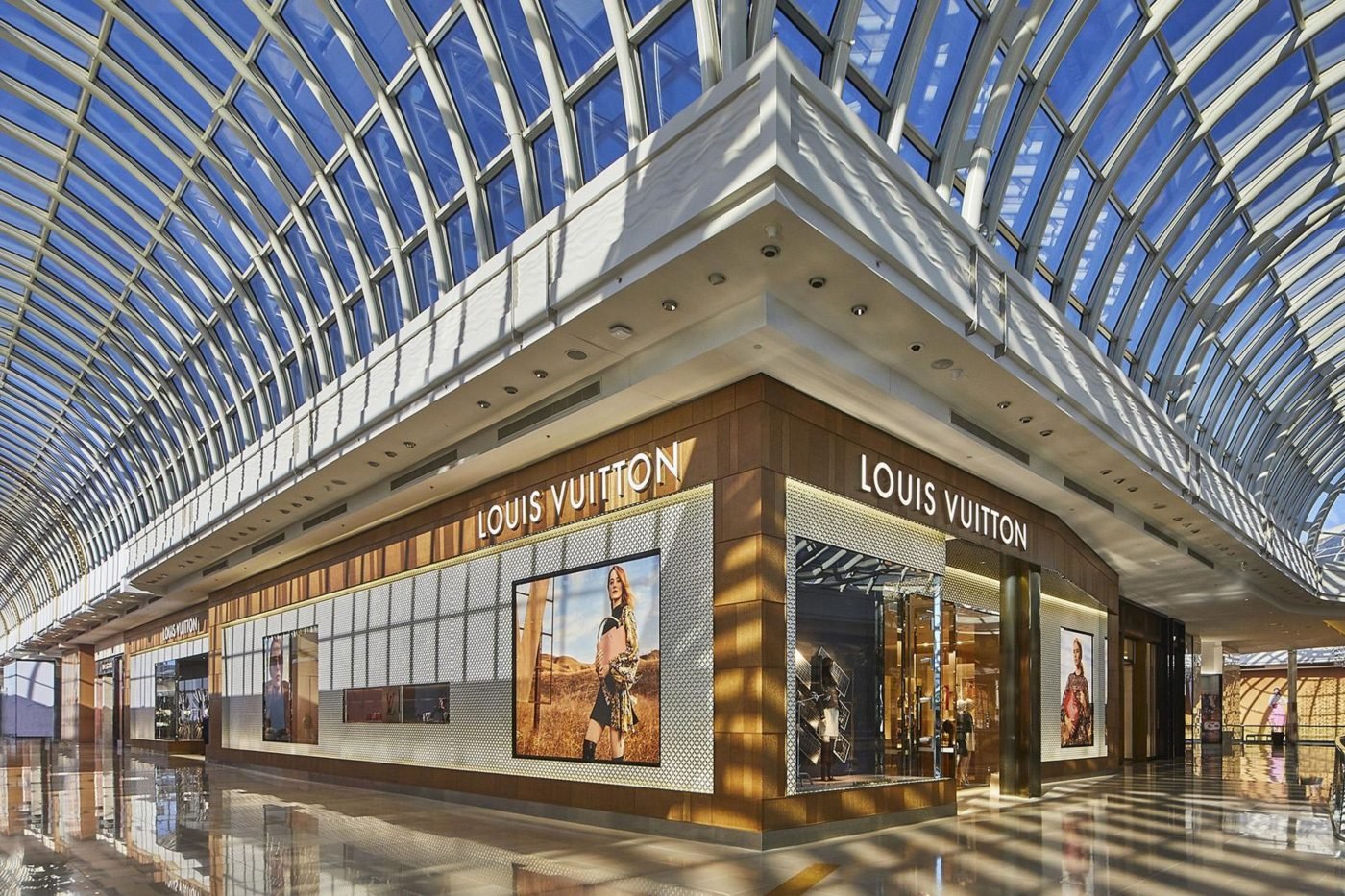
And yet, amid all the chaos, a glimmer of hope for all involved: LVMH’s third-quarter results. The world’s largest luxury group managed to squeeze out 1% growth, its first positive quarter this year, sending its shares up more than 12% and giving the entire sector a rare reason to exhale.
It might just be the first time that anyone has celebrated an uptick in another rival brand’s sales margins, but that’s just the nature of the luxury market today. One that’s desperately searching for a bottom.
Curated news for men,
delivered to your inbox.
Join the DMARGE newsletter — Be the first to receive the latest news and exclusive stories on style, travel, luxury, cars, and watches. Straight to your inbox.
Fashion and leather goods are still down, but the decline is slowing, and that has investors whispering the unthinkable: has the luxury slump finally passed us by, like gilded ships in the night?
China’s Comeback Gives Luxury a Lifeline
After nearly two years of slow demand, China is finally showing signs of life again, and the world’s luxury groups are clinging to that optimism. If the flatlining luxury market was showing signs of a pulse, it’s coming from China’s middle class consumers.
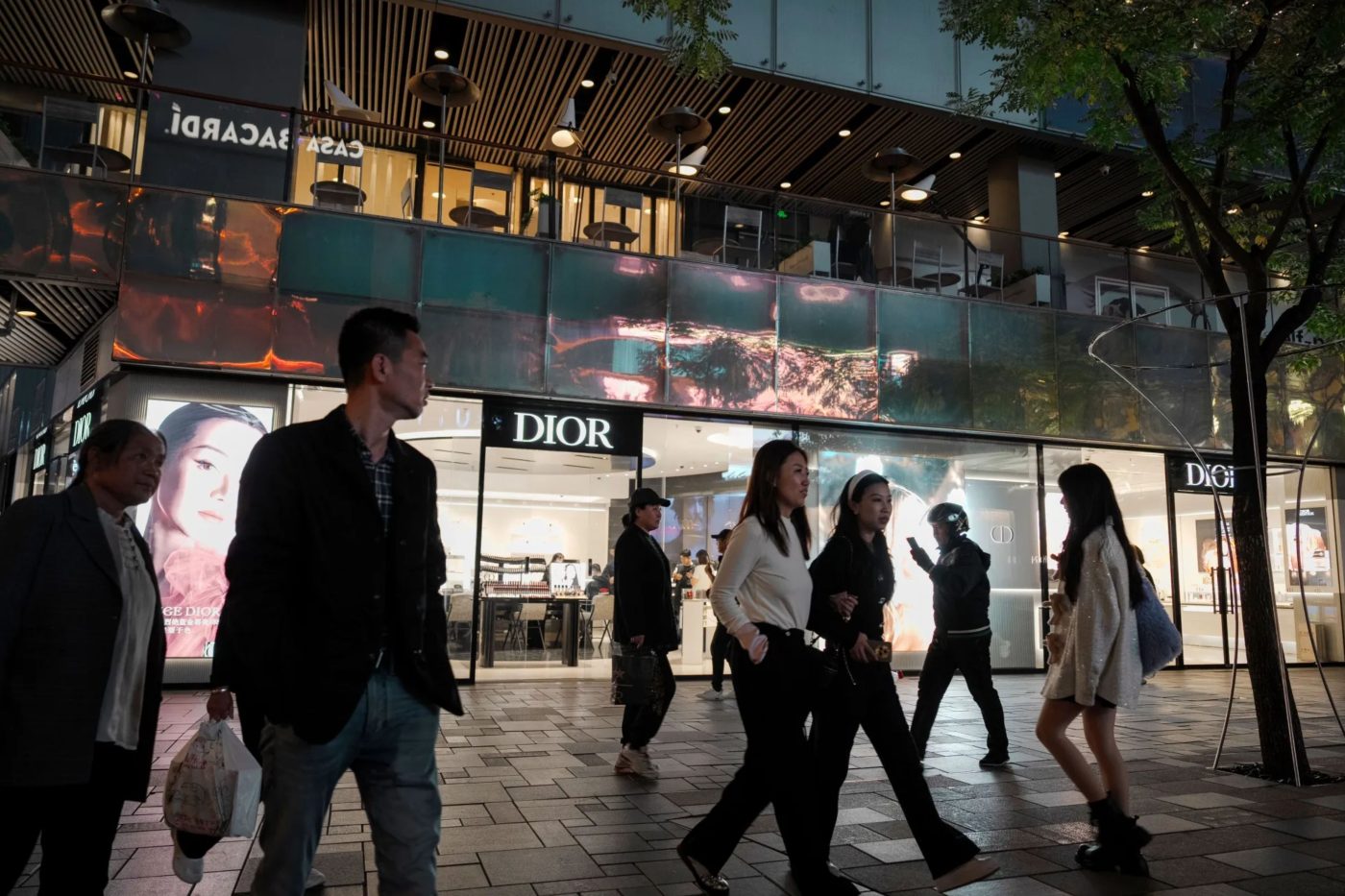
Excluding Japan, LVMH reported a “noticeable” improvement across the sleeping Asian market, with Chinese consumers cautiously returning to stores and airport boutiques in their numbers to pick up pieces from LVMH’s global brands. It’s not quite the roaring comeback of the post-pandemic years, but it’s enough to turn the mood in Paris.
For brands like Rolex, Patek Philippe and Cartier, that rebound matters. The Chinese luxury customer is showing that the hunt for logo-heavy statement pieces is cooling, replaced by a more refined appetite for craft and brand heritage.
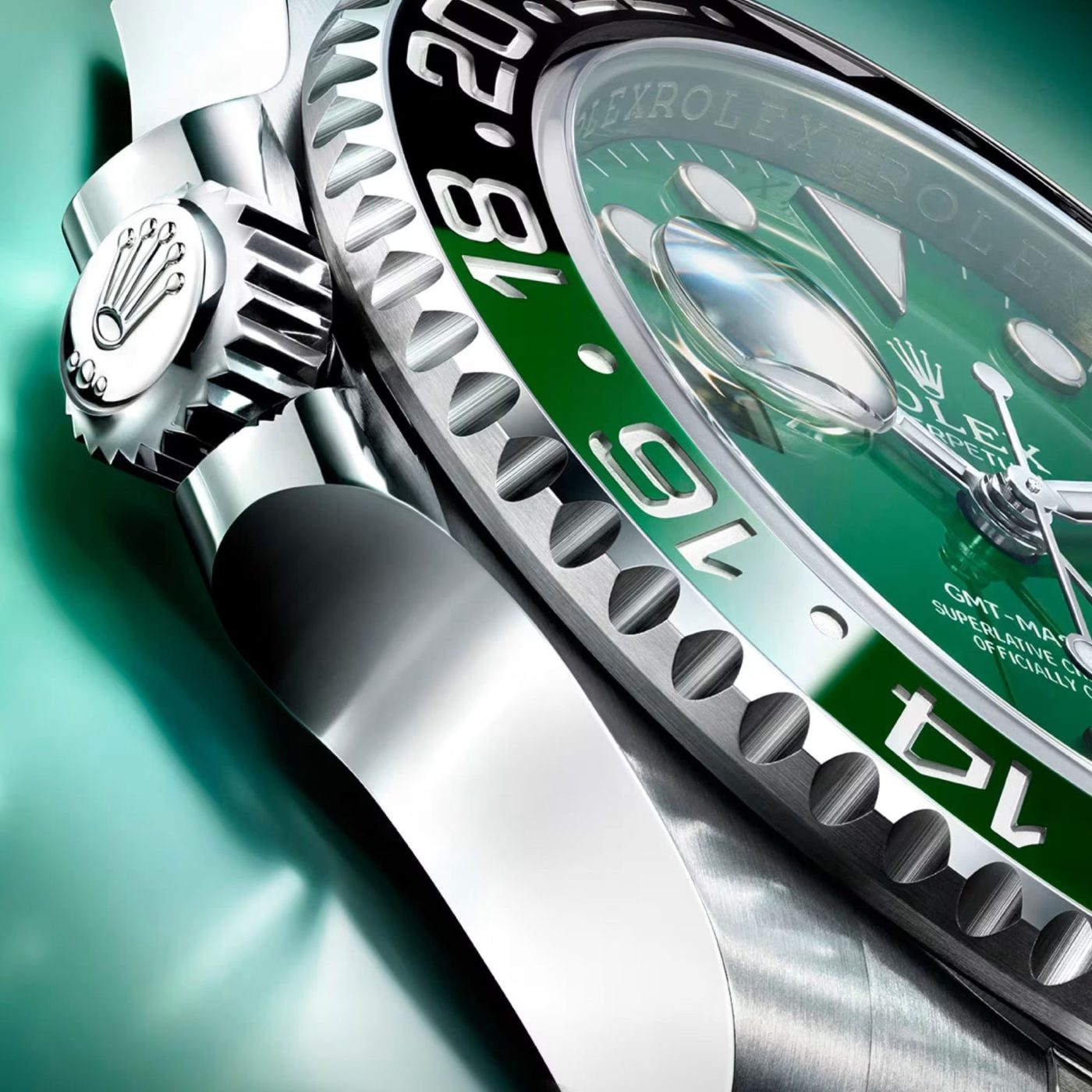
In other words, luxury consumers are well-tuned to what their luxury brand of choice says about them. It’s more than likely to have a direct correlation to horology.
Fashion Falters, Watches Wait Their Turn
Fashion and leather goods, the lifeblood of LVMH’s empire, remain in the red, now down 2% year-on-year.
But look on the bright side: that’s still a massive improvement from the 9% plunge of the previous quarter. It’s a small win, yes. But in this tumultuous environment, any win feels seismic. And that’s call for muted celebration.
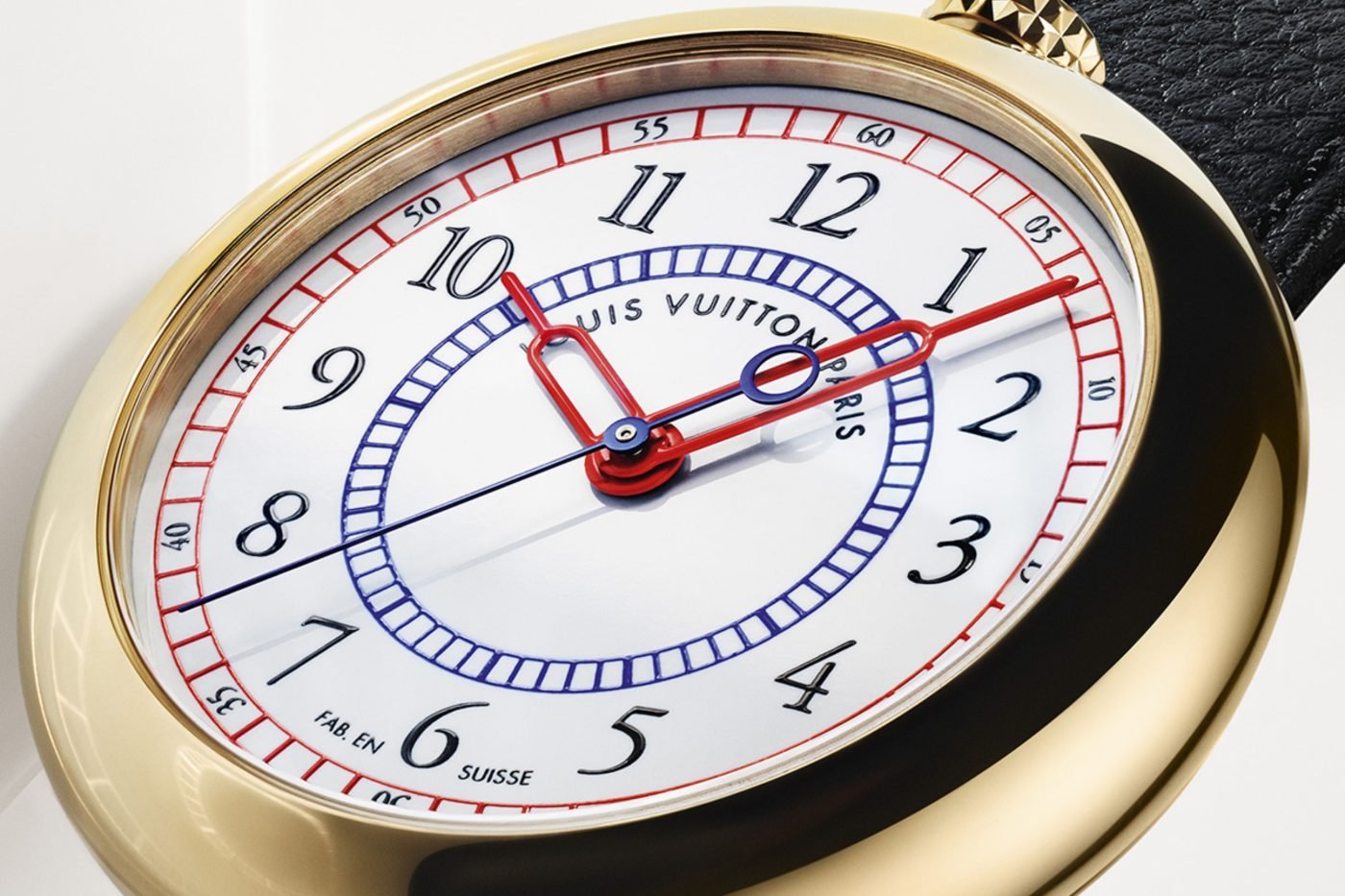
The watch world, however, is still playing the long game. After two years of inflated demand and shrinking margins, the correction has been painful but necessary. Waitlists are easing, grey-market prices are stabilising, and collectors are starting to buy watches for themselves, rather than their Instagram followers.
If fashion’s stabilisation signals a return to confidence, fine watchmaking could be the next beneficiary. Luxury buyers are once again asking the right questions: What’s the story? What’s the movement? What’s worth my time?
The Bottom Might Finally Be in Sight
LVMH’s modest rebound doesn’t mean the industry is out of the woods, yet. But it does suggest that the worst may be behind us. At least that’s what the industry CEOs will be hoping. Arnault could get used to picking up an extra $29 billion AUD overnight…
With inflation cooling and Chinese demand flickering back to life, the broader luxury market could be entering a reset phase ahead of 2026. One that sparks sleeping giants back into life and closes out one of the luxury markets most challenging years in recent years back in the green.
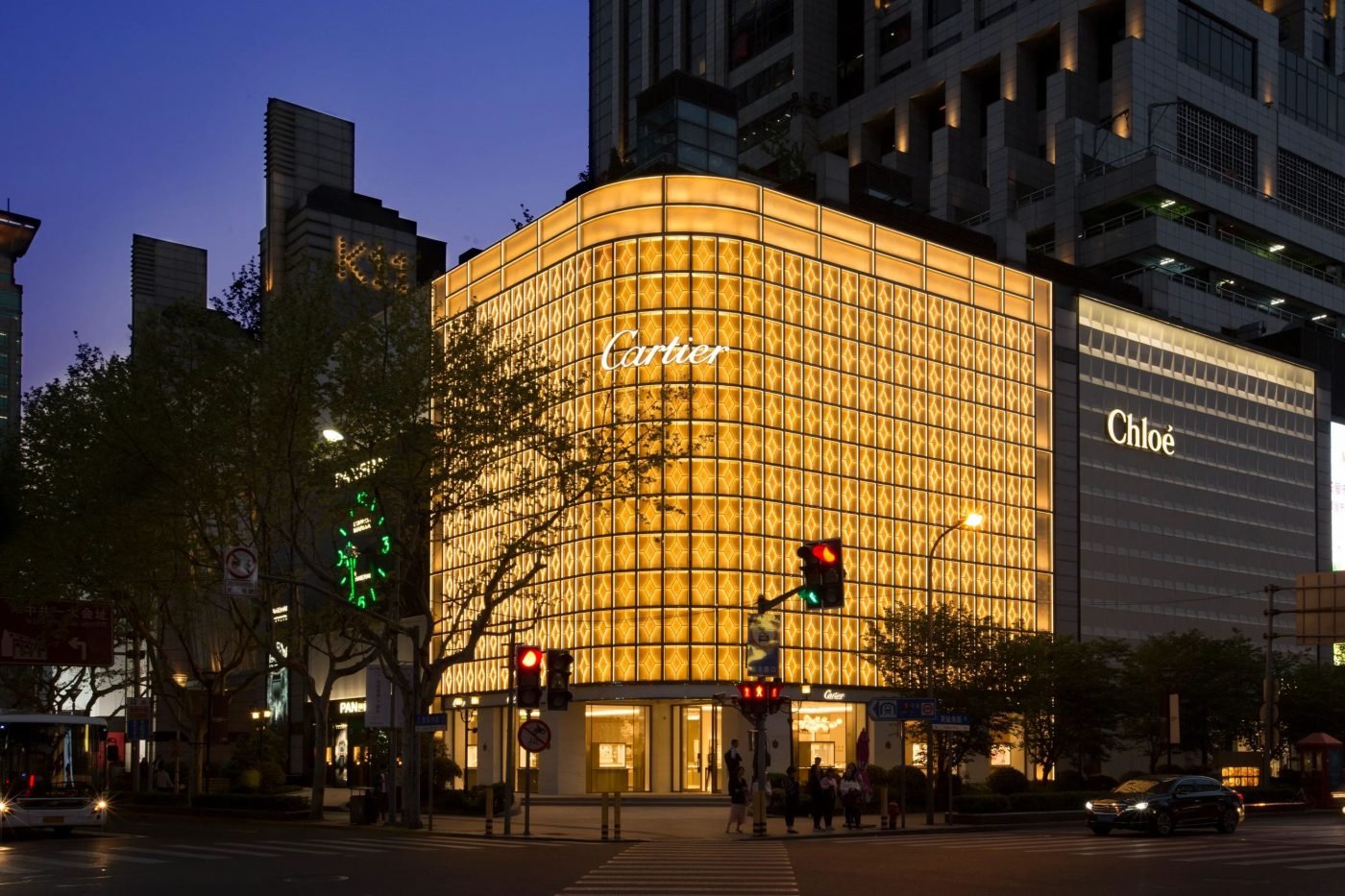
For watch brands, this presents a rare opportunity. The speculative fluff that defined the last five years has drained away, replaced by a quieter, more considered kind of buying from an audience that I’d argue never went away. It was simply waiting in the wings.
We’ve seen legacy brands stagnate, opening the door to lesser-known microbrands to take a piece of the pie, and collectors seemingly rediscovering the joy of ownership over investment, picking up pieces for what’s inside the dial, rather than the badge on it. After a year defined by tariffs, slowdowns and sliding valuations, that’s as close to optimism as luxury gets.

